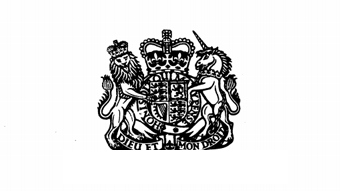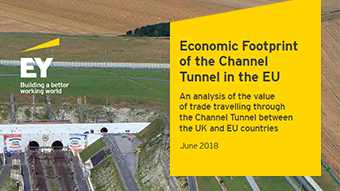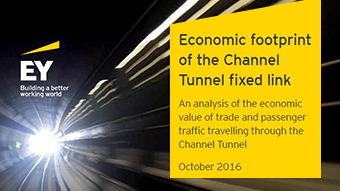The founding documents for the Fixed Link
Eurotunnel: the cross-Channel Fixed Link's three cornerstones
Other documents
Additional reports and studies






